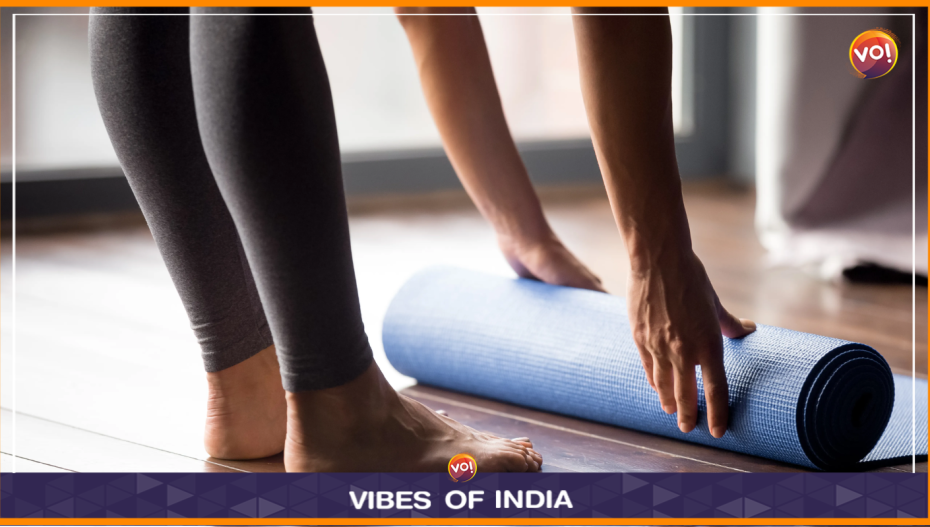It is said that the foundation of the future is laid in the present. This can’t be any truer than in the case of fitness objectives we all need to set today for a healthier life tomorrow.
The crux to having a fitter life in our old age is how we regulate our fitness regime in younger phases of our life.
We see many people around us who even in their 80s are fit as fiddle, dabbling in tennis and swimming without breaking a sweat. On the other hand there is another class of people, who huff and pant doing the simplest things even in their 30s. This simply boils down to how we chalk out our exercise schedule and the things we do to keep our muscles in shape.
Doctors say starting in your 30s, you lose between about 3 and 8 percent of your muscle mass per decade, and more after turning 60. Bone mineral density also starts to decline in midlife, which puts you at risk for fractures and osteoporosis. Your heart and lungs’ ability to take in oxygen and convert it into energy, decreases as well.
Making a few changes to your habits early can slow these declines and prepare you for decades of physical activity, from the functional chasing after grandchildren and lifting luggage to the fun like playing tennis and running half-marathons.
Testing one’s fitness can shine a light on potential weaknesses or areas in need of boosting, helping prevent injury before it happens.
According to doctors, the best way to measure cardiorespiratory fitness is to test your VO2 max with a doctor or an exercise physiologist. Many wearable fitness trackers, including some Apple Watches and Fitbits, offer estimated VO2 max readings as well.
VO2 max is sort of the overall functional capacity of your body to do hard work, and regular aerobic exercise can help you boost it.
As you get older, you should exercise around 150 minutes per week with moderate-to-vigorous intensity aerobic workouts and two sessions of strength training (15-20 minutes per session), which together can boost both longevity and quality of life.
Variety is important to entice the body to adapt to changing situations. Therefore, it is important to do different things or change the duration and intensity from time to time for that added flexibility.
Even small changes can be beneficial. If you typically do lunges, try lunging in different directions some days or combining them with overhead dumbbell presses. If you like to walk, once or twice a week choose a hillier route or walk as fast as you can.
Also focussing only on isolated muscle groups, such as abs or biceps, which most youngsters do, often neglects muscles we can’t see that contribute to health and strength. Balance exercises with compound movements — exercises that work several joints and muscles at once.
Things like a deadlift and a squat. Things that move us up and down, and side to side. Prioritising core muscles beyond the visible abdominals will also contribute to overall strength as we age. Planks are a great option, and pelvic floor exercises help, too.
Finally, to maximise benefits, you need a plan that’s progressive. Increase the amount of weight you lift, or the number of laps you take on your jogging track.
We don’t get better by doing things that are easy. The more we intentionally challenge our body as we age, the better equipped we’ll be for whatever physical feats our future self wants to take on.
Also Read: Drugmakers Now Under GMP Mandate For Quality Control













